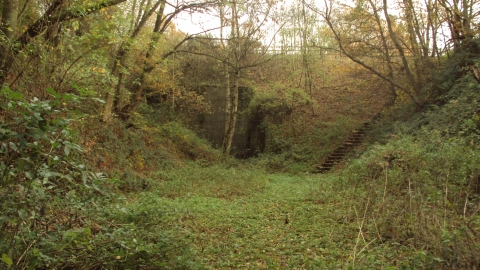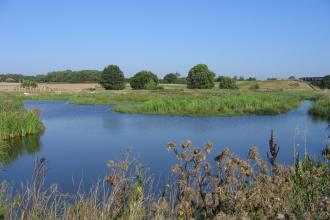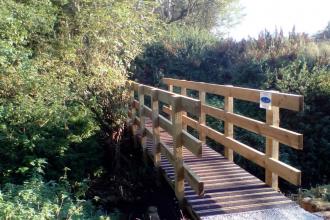
Duckmanton Railway Cutting, Derbyshire Wildlife Trust

Rowsley speckled wood Shirley Freeman

Willow tit, Paul Shaw
Duckmanton Cutting
Location
Know before you go
Dogs
When to visit
Opening times
Open at all timesBest time to visit
Spring/summer for wild flowers and insects and autumn for beautiful autumn colourAbout the reserve
From ancient volcanic ash to coal formed in a lush tropical swamp and an internationally important Marine Band, this reserve has much to offer anyone with an interest in how our landscape has formed over millions of years.
This small nature reserve is recognised internationally because of the exposure of the Clay Cross/Vanderbeckei Marine Band. This is the defining point between the Middle and Lower coal measures, two points on the geological time scale. Marine Bands are important for dating other rocks of the time period. Thin layers of ancient volcanic ash also reveal that this landscape was periodically affected by volcanic eruptions.
Duckmanton also exposes sequences of Coal Measures - these layers were formed in the Carboniferous Period, about 300 million years ago. They contain many non-marine platn and bi-valve fossils.
On the sides of the cutting are areas of oak scrub and mixed deciduous woodland. Among the birds here are blue, great and willow tits and great spotted woodpeckers. Willow warblers visit during summer, and butterflies include speckled wood and small tortoiseshell.
Habitat
Contact us
Environmental designation
Nearby nature reserves
Download our nature reserve leaflets
Read about the history of this reserve
Play Wild rating
Play Wild all year round.



